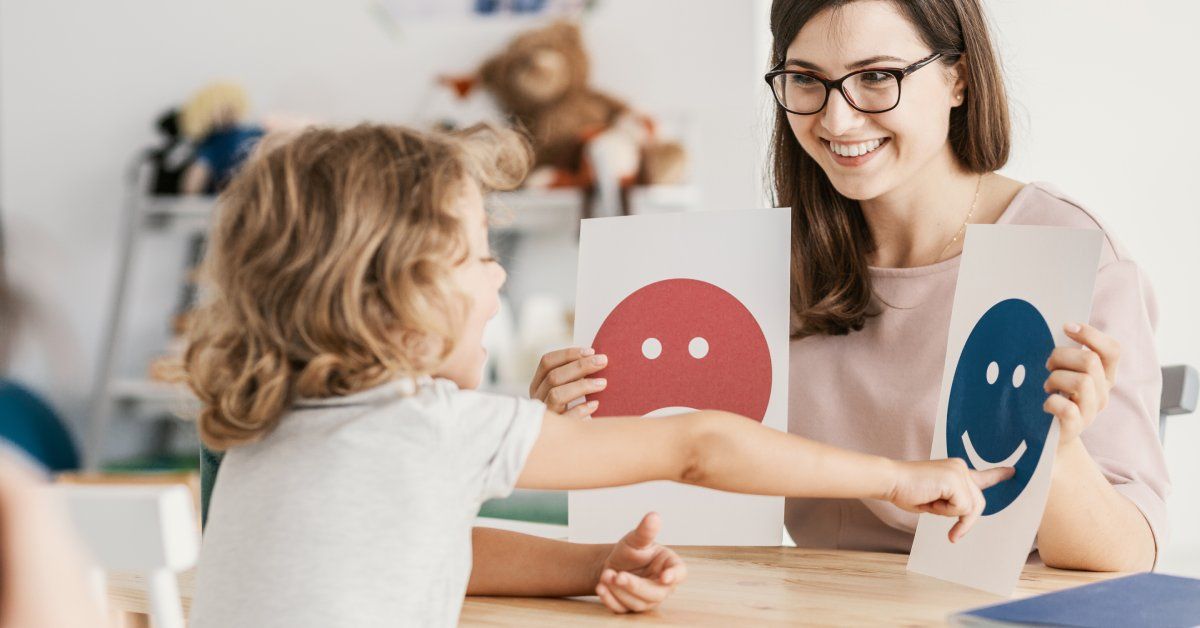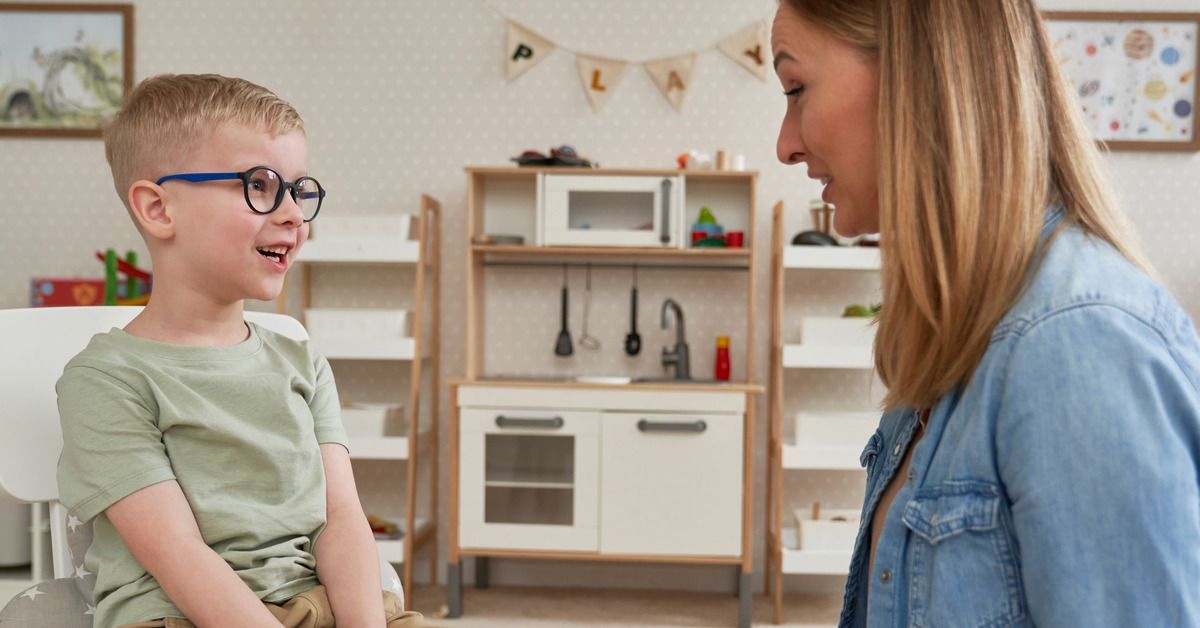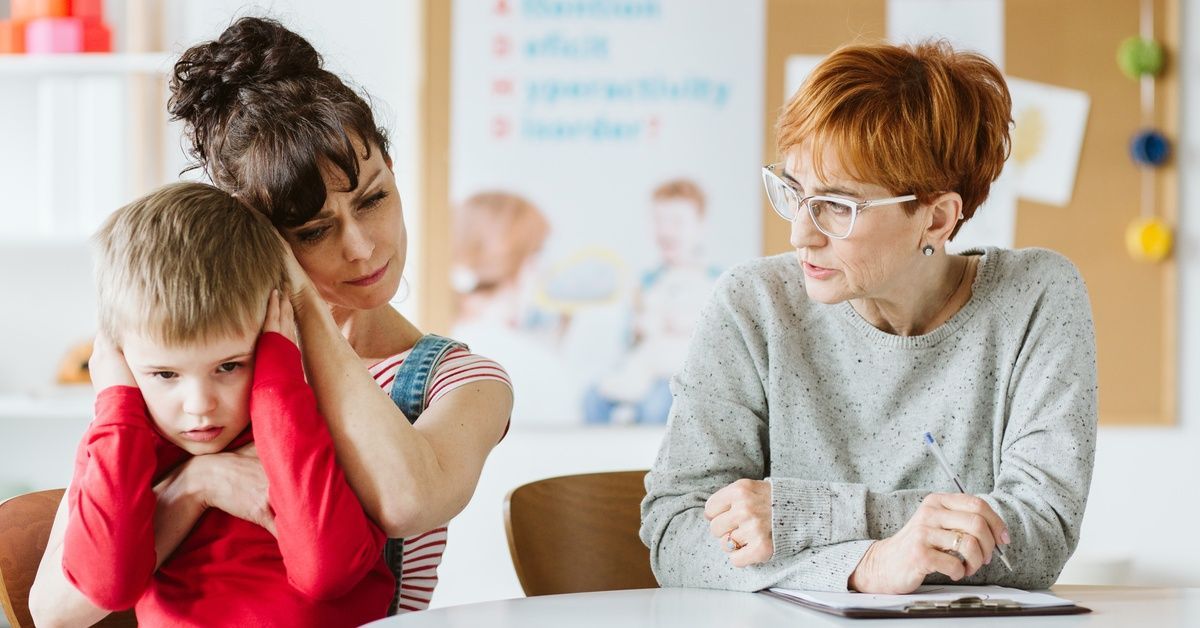What Is Augmentative and Alternative Communication (AAC)?
Communication goes beyond just words, especially for children with autism, who often face unique challenges in expressing their needs and thoughts. This is where Augmentative and Alternative Communication (AAC) becomes a valuable tool. AAC offers a way to give your child a “voice” when words aren’t enough, helping to bridge the communication gap.
Here’s a friendly guide to understanding Augmentative and Alternative Communication , its benefits, and practical ways it can aid in daily life for children with autism.
What Is Augmentative and Alternative Communication?
Augmentative and Alternative Communication (AAC) refers to all forms of communication besides oral speech used to express thoughts, needs, and ideas. AAC can be a game-changer for children who struggle with verbal communication. It encompasses tools and strategies, from simple gestures and body language to sophisticated electronic devices.
The term encompasses many methods, including picture boards, speech-generating devices, and simple sign language. Each method serves as an alternative or complement to speech, creating pathways for children to engage with others more effectively.
The Benefits of AAC for Children With Autism
Augmentative and Alternative Communication (AAC) offers numerous advantages for children with autism. It empowers them to express their thoughts and interact with the world around them. AAC enhances the quality of life for children and their families by providing a reliable means of communication. Its adoption within educational, home, and social settings ensures these children can actively participate in various activities and express their needs without frustration.
Consider the following key benefits to appreciate the true impact of AAC:
- AAC fosters better relationships with peers, educators, and family members by facilitating conversation.
- AAC devices and strategies support learning by enabling children to engage in educational activities and demonstrate their knowledge.
- With AAC, children can assert their preferences and make choices, promoting self-advocacy.
- Effective communication through AAC can minimize frustration-related behaviors, which often stem from an inability to articulate needs.

Exploring Different Types of AAC
Several types of AAC tools exist, each catering to diverse needs. These tools fall into two main categories: unaided and aided systems. Unaided systems include nonverbal cues, such as gestures and facial expressions, while aided systems involve tools, such as picture boards and electronic devices.
Picture boards offer a straightforward way for children to point to images representing their thoughts or needs. This method is highly effective for those who respond well to visual stimuli. On the other hand, speech-generating devices provide auditory feedback, helping children who benefit from hearing their words spoken aloud.
Selecting the right AAC tool often depends on individual preferences and abilities. Consulting professionals skilled in center-based ABA therapy can guide parents and educators in tailoring AAC methods to best suit the child’s needs.
The Role of Center-Based ABA Therapy in AAC
Center-based ABA therapy significantly enhances AAC implementation. It involves structured sessions where therapists teach effective use of AAC tools, boosting language development and social skills.
ABA therapy encourages children to engage with AAC tools willingly by focusing on positive reinforcement. Celebrating small achievements motivates children to confidently explore and use various communication methods.
How AAC Integrates With Education
Incorporating AAC in educational settings requires collaboration between teachers, therapists, and parents to create environments where they can naturally integrate it into the child’s curriculum, promoting communication and interaction.
An effective approach involves using AAC tools in classroom activities, such as picture cards during lessons, to enhance understanding and engagement. Teachers and speech therapists must collaborate to develop individualized AAC plans tailored to specific learning objectives, ensuring consistent support across environments.
Encouraging AAC Use at Home
Parents should reinforce AAC use at home by making this type of communication part of the household’s daily routines. Consistent practice builds familiarity and confidence with the tools. Integrating AAC into everyday activities, such as using picture boards during meals or bedtime, reinforces vocabulary and sentence structures in a relaxed setting, linking AAC to real-life situations.
Regular communication with educators and therapists ensures that AAC use aligns with developmental goals. Shared successes and challenges inform tailored strategies for cohesive support.

Celebrating Progress and Milestones
Celebrating progress with AAC involves recognizing the incremental achievements that mark a child’s communication journey. Each milestone, no matter how small, represents a step toward greater independence and connection with others.
Parents and educators alike play a role in acknowledging these achievements. Celebrating success fosters motivation and encourages continued effort, whether through verbal praise, positive reinforcement, or visual charts.
Progress with AAC extends beyond communication. It builds confidence, nurtures relationships, and opens doors to new opportunities. By celebrating milestones, we reinforce the value of every triumph, creating a positive environment for growth.
Overcoming Challenges With AAC
While AAC provides great benefits, implementation can be challenging. Consistent use across settings is one issue that necessitates collaboration among caregivers, teachers, and therapists. Choosing appropriate AAC tools is another challenge, as many options require assessing the child’s preferences and abilities.
Involving communication professionals can help you make informed choices. Adapting strategies to a growing child’s needs requires flexibility and regular evaluations to ensure AAC remains effective.
Building a Supportive AAC Community
Creating a supportive community around AAC is all about connection and shared goals. Fostering an environment where caregivers, teachers, therapists, and other families come together is essential. Parents, guardians, and caregivers are invaluable advocates, sharing insights and experiences that can uplift and inspire others on a similar journey. Collaborating with educators and therapists ensures every child’s communication tools meet their unique needs.
These interactions build solidarity and create a nurturing environment for children and their families. By working together, we can make AAC more accessible and ensure that every child can fully express themselves. Each small step forward in this shared endeavor is a victory worth celebrating, reinforcing the power of community in empowering communication.
Taking the Next Steps
Understanding augmentative and alternative communication bridges a connection between children with autism and their loved ones and shared environments and empowers them. Integrating AAC into daily life allows families, educators, and therapists to create a supportive environment where communication knows no bounds.
Discover the impact of HANDS Center’s center-based ABA therapy. We can transform communication into a tool that breaks barriers through dedication and collaboration. This approach is key for children with autism to express their thoughts, share experiences, and build meaningful relationships. Join us at HANDS Center to unlock the potential of communication and create a future where every voice is heard.







